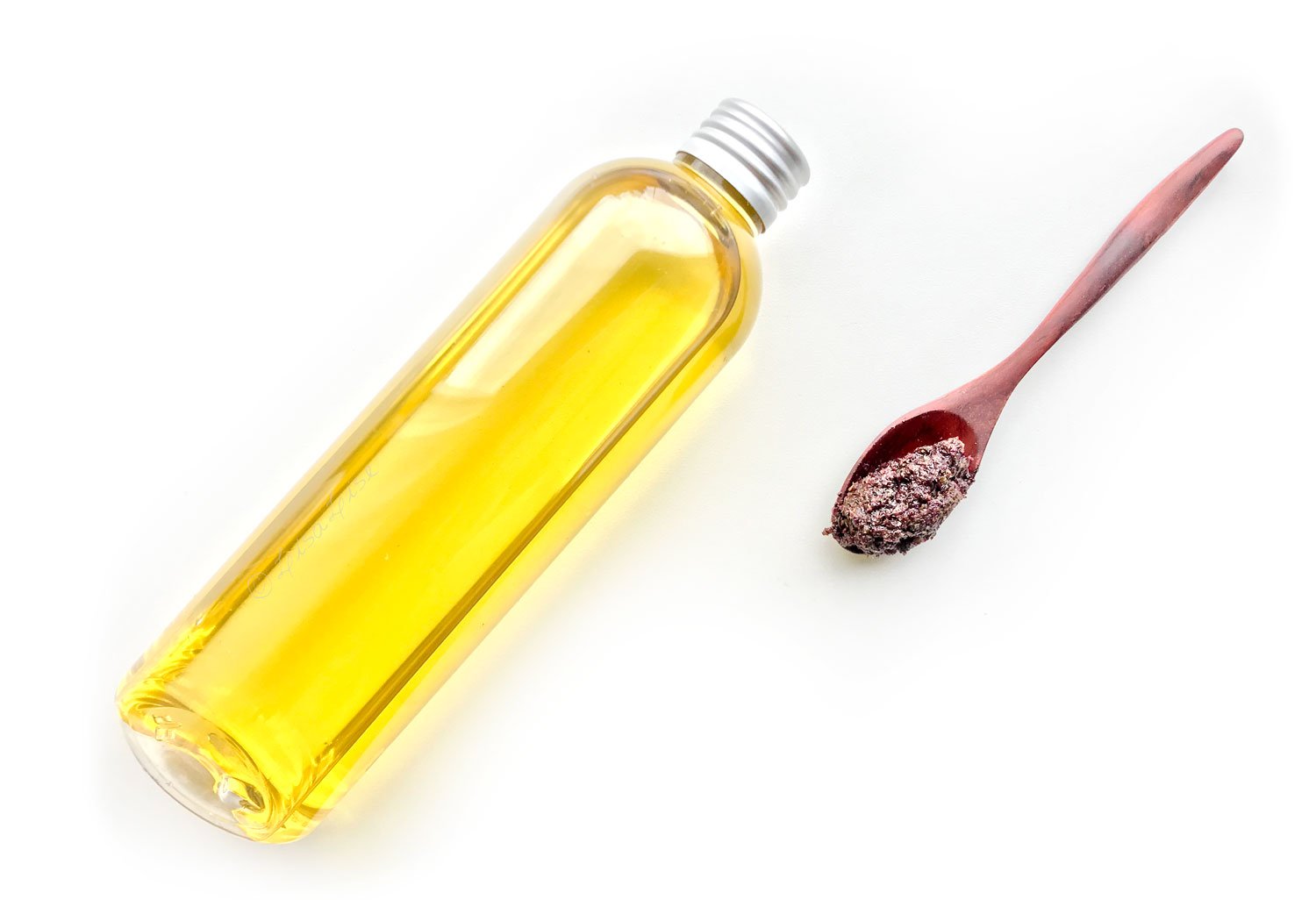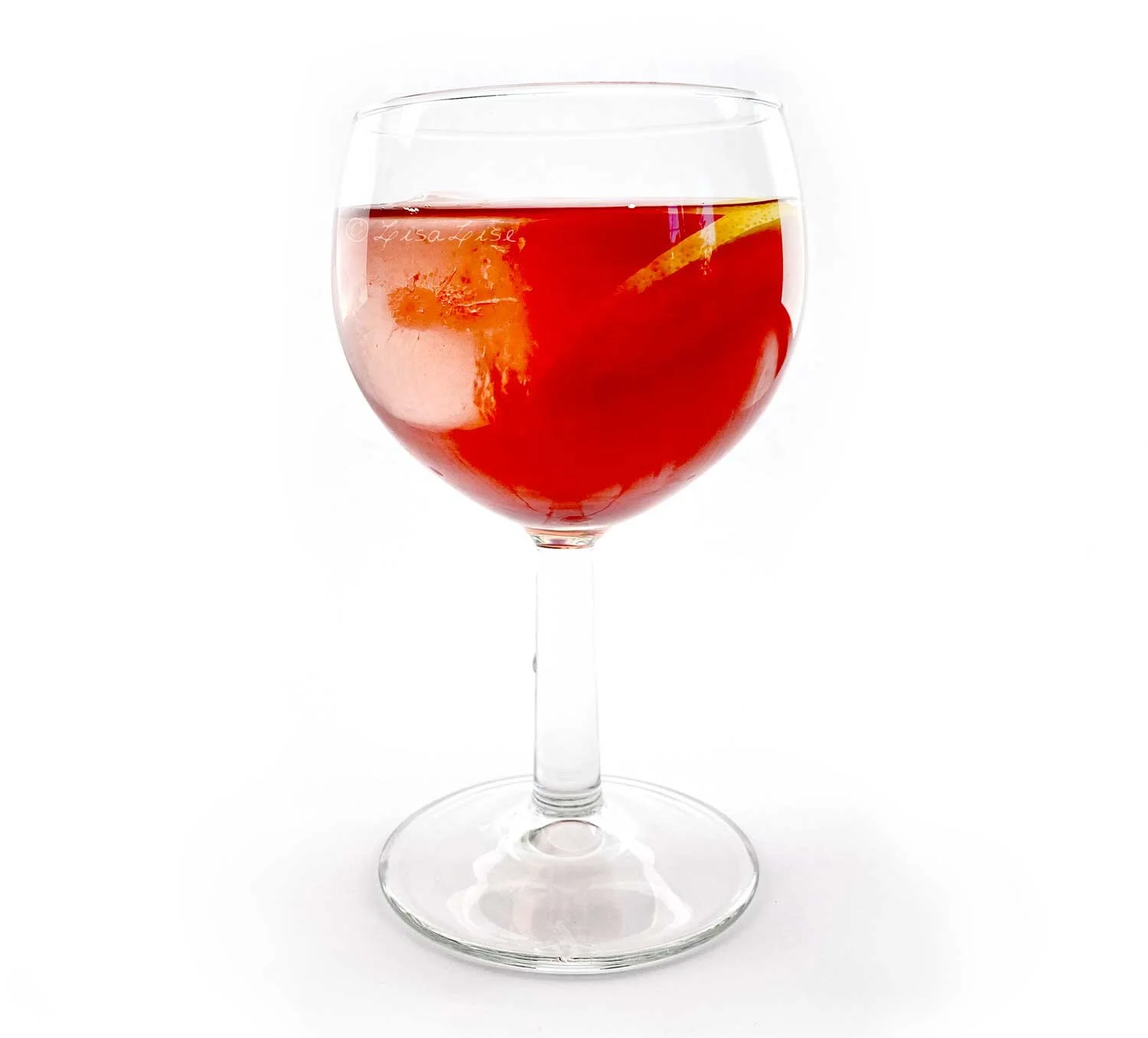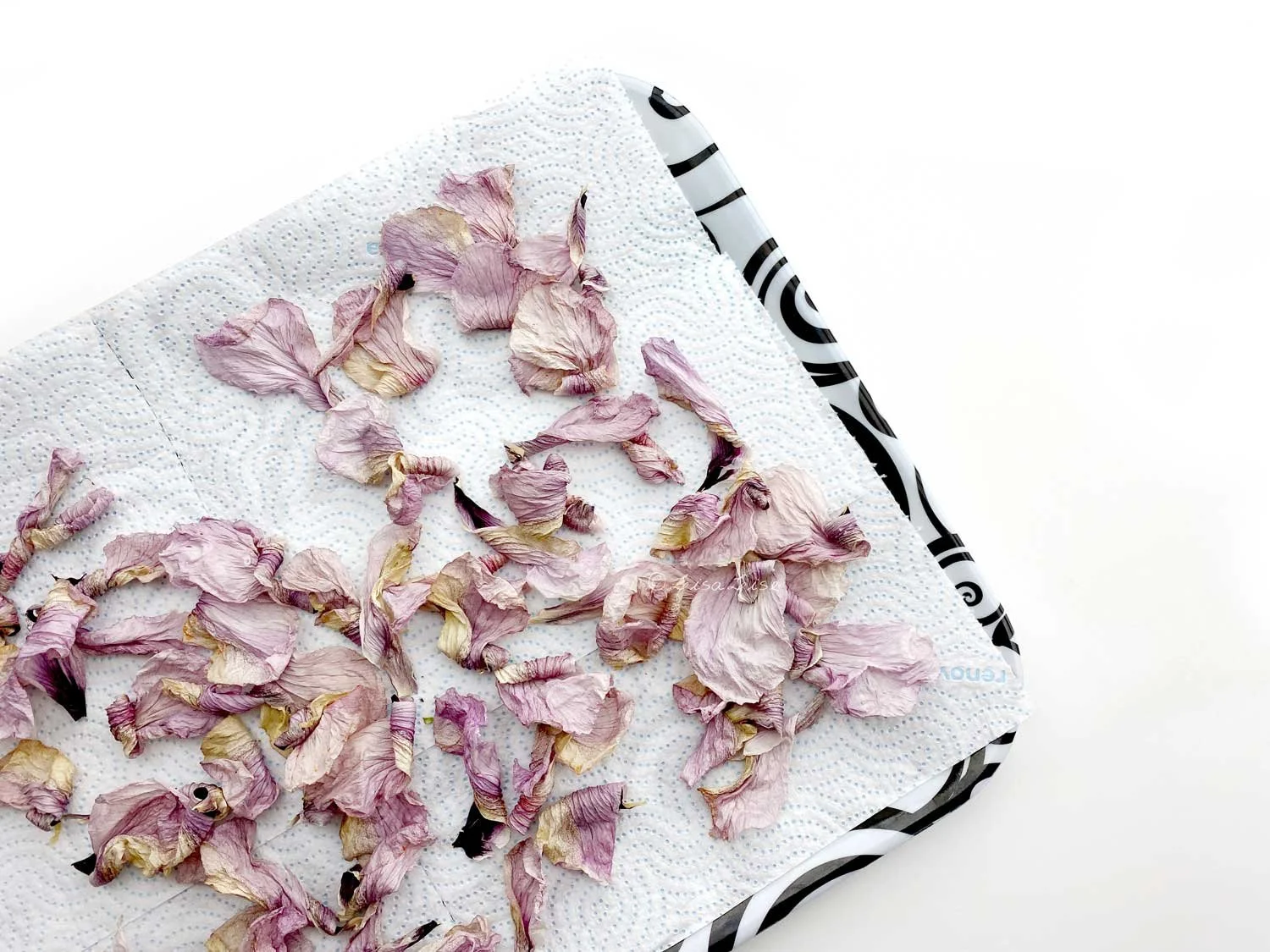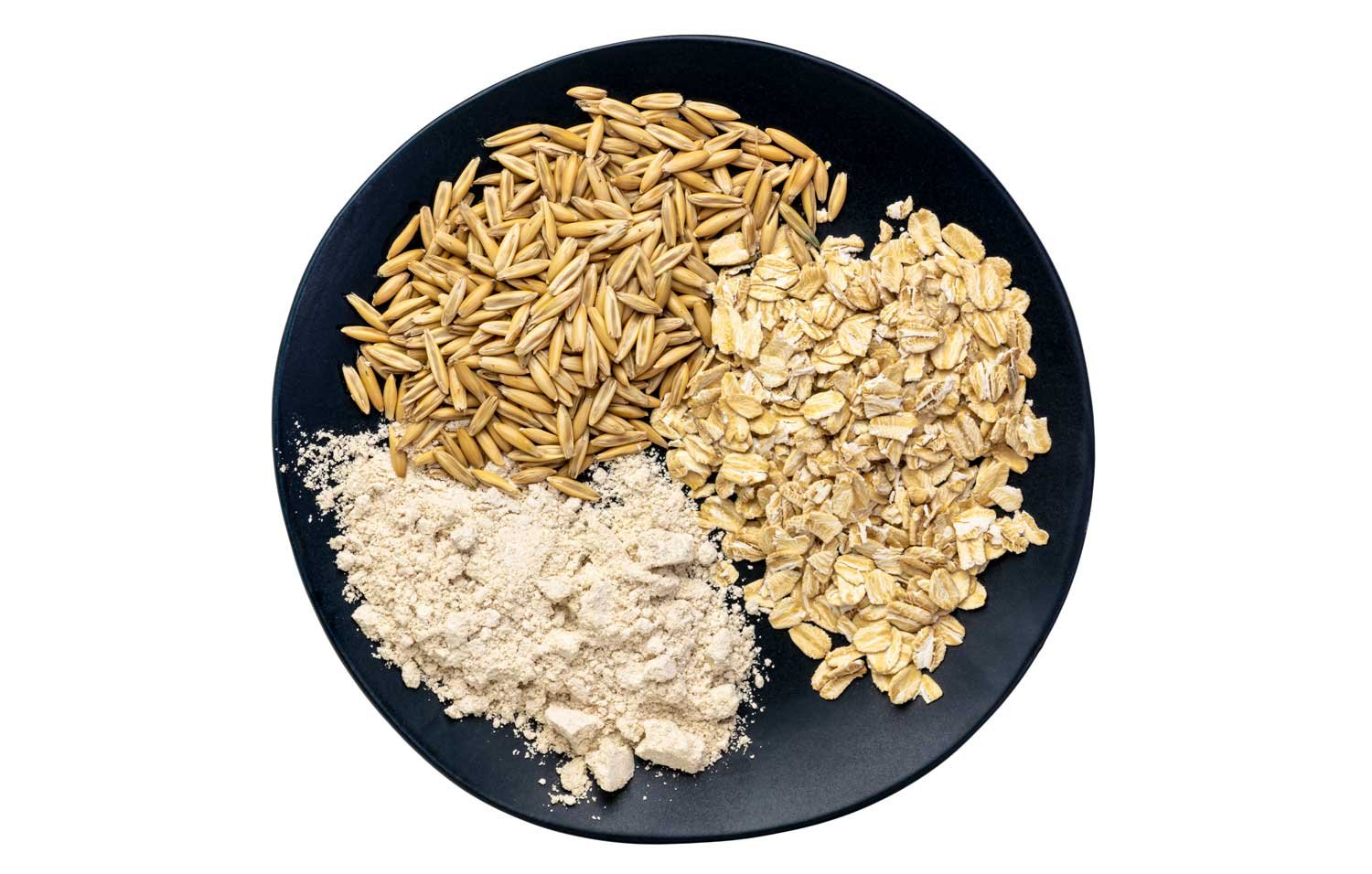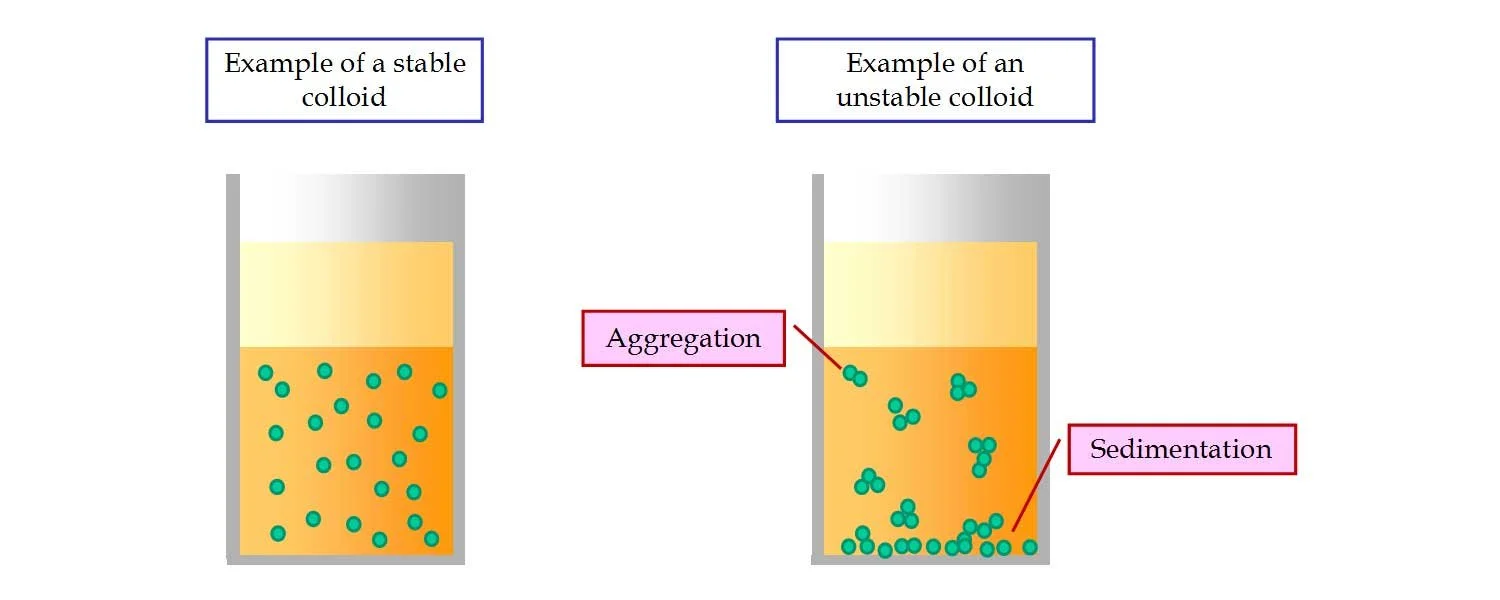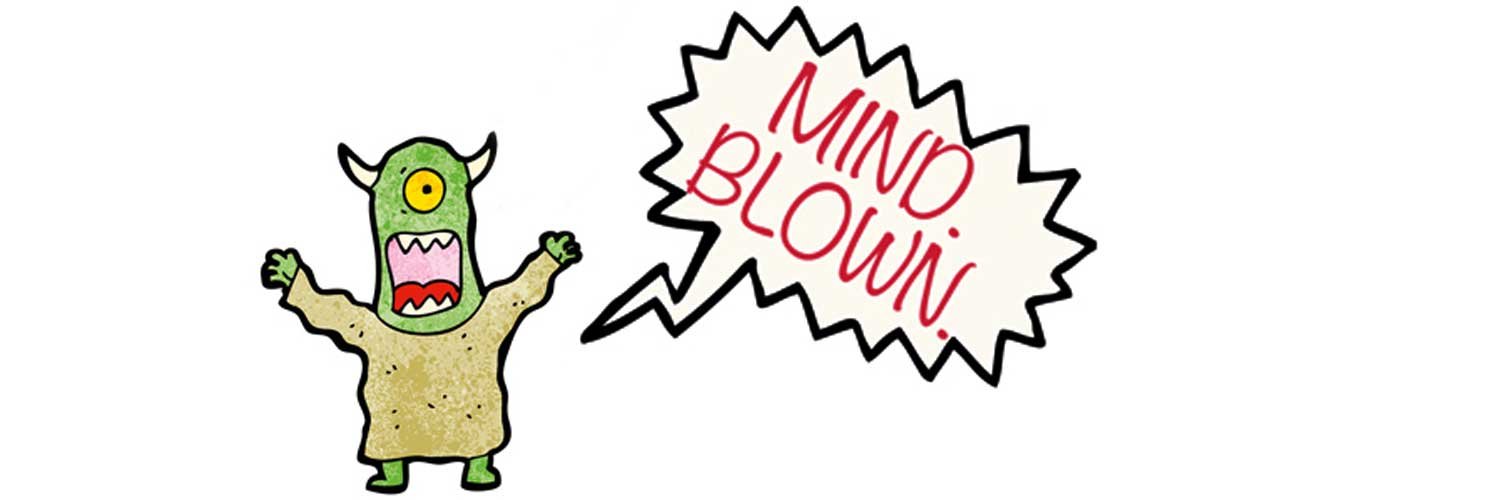This post is the result of numerous extensive research sessions that turned up differing answers, more questions, and a whole lot of interesting information about microns and particle sizes for colloidal oatmeal.
Who could imagine a simple grain could be such a mind-blowing skincare ingredient?
But I'm getting ahead of myself.
Get ready for a bit of a ride as we examine colloidal oatmeal, because there are a few twists and turns along the way.
The Discussion
It was discussion with some colleagues about the production process for making colloidal oatmeal that started this whole thing. Some of the participants were convinced colloidal oatmeal could only be produced via a process that entails boiling the grains in water, drying, and subsequent filtering. Others were convinced making colloidal oatmeal was merely a matter of grinding/milling oats to a certain particle size.
Spoiler alert: Everyone was right.
But before we get into the process of how colloidal oatmeal is made, we need to take a peek at the difference between colloidal oatmeal, ground oats, and oat flour.
Colloidal Oatmeal vs Ground Oats vs Oat Flour
If you grind up a portion of rolled oats (what I show you how to do on this post), your result (unsurprisingly) will be ground oats. A coffee grinder and lots of sifting will get you a fine, powdery result that's great to use as an ingredient, but even loads of sifting and grinding won't get the particle size down far enough to where you can call it colloidal oatmeal.
Go ahead and add your handcrafted ground oats to a powdered facial cleanser, face mask, or soap, but if you incorporate it into an emulsion (say, a lotion), it will in all likelihood result in undesirable lumpy bits that you won't be happy about applying to your skin.
In short: when it comes to texture, ground oats have more limited uses than colloidal oatmeal.
How Oatmeal is Processed
Colloidal oatmeal is made using whole oats and includes the bran, but has a smaller particle size than can be achieved in a home setting (more on that in a minute).
Oat flour is made by first removing the bran and then the milling the oats. By removing the bran, it's possible to achieve a much finer particle size. This is great if you want to add a bit of texturizer to your product, but inconsequential if you want all the documented skin-loving properties that colloidal oatmeal offers.
Without the bran, oats really don't have very much to offer.
So, What's in Oat Bran?
Colloidal oatmeal and ground oatmeal (from whole oats) both include the bran and therefore contain actives such as:
Lipids (unsaturated triglycerides that help replenish the skins oils)
Beta glucan (moisturising)
Avenanthramides (antioxidant unique to oats)
Oatmeal with the bran is anti-inflammatory, helps soothe itchiness, and even offers skin barrier repair.
As oats also contain a small percentage of saponins, they're ideal for gentle cleansing.
The bran is – quite simply – where all the actives are.
Colloidal Oatmeal Confusion
Now that we know the difference between oat flour, colloidal oatmeal, and ground oats, one would think there was nothing more to discuss (or research).
One would think.
But while I was researching colloidal oatmeal, I kept running into this:
The INCI name for colloidal oatmeal is: Avena Sativa (oat) kernel flour
The INCI name for oat flour is: Avena Sativa (oat) kernel flour
Do you see any difference in these INCI names?
I sure don't.
It seems you can't be quite sure of whether or not you are purchasing oat flour or colloidal oatmeal just by looking at the INCI name.
Obviously, more research was in order.
The International Cosmetic Ingredient Dictionary and Handbook defines colloidal oatmeal as “finely ground oatmeal”. The definition does not specify which species of oat is needed/desired/required.
I checked a few places to see what they had to say about colloidal oatmeal. Here are some highlights:
CosmeticsInfo.com writes:
Colloidal Oatmeal is finely ground oatmeal. It is often used to relieve minor skin irritation and itching due to poison ivy or insect bites. It can also be used as a soak, compress or wet dressing. When oatmeal is used in cosmetic and personal care products (rather than OTC skin protectant drug products), it may be called Avena Sativa (Oat) Kernel / Meal.
Oat Cosmetics writes:
Colloidal oatmeal is a natural cosmetic ingredient obtained from Avena sativa (oats). The whole oat grain, including the bran layer, is milled and sieved. This results in a light cream coloured, fine powder. The bran layer of the oat contains a high proportion of natural actives including, oat beta-glucan, avenanthramides, oil and protein, all of which are beneficial for cosmetic use on the skin.
A ‘colloid’ or colloidal suspension is defined as a substance with dispersed insoluble particles suspended throughout.
Aroma Zone describes their colloidal oatmeal as such (Google translated from French):
This powder is called "colloidal" because the fineness of its particles allows it to form a homogeneous suspension in water, like milk, stable for some time.
Particle size: 44 microns
(note the micron mention - we're going to be looking at that in a tic)
I also emailed Formulator Sample Shop's founder Maggie Ghanem to ask if she could explain a bit about about colloidal oatmeal. She was kind enough to provide me with this:
Colloidal Oatmeal is made of finely milled oats from the Avena sativa plant. It consists of sugars, amino acids, lipids and fibers. Colloidal Oats are grounded, boiled and steamed. Oat grains are milled into fine powder that will produce a cosmetic agent that can be used as an addition to baths, powders, and moisturizing creams.
All in all, there's some great information here, but the mention of microns and particle size raised more questions.
We need to get a teensy bit nerdy now, but stick with me and I'll try to make it as entertaining as possible.






